Search

2020 Plant Disease Summaries for Small Grains
A number of field trials were implemented in the 2020 growing season with the general objective of assessing various disease management practices suitable for South Dakota growers and the Great Plains.

SDSU Extension Opens Registration for 2020-2021 Calf Value Discovery Program
October 14, 2020
SDSU Extension Opens Registration for 2020-2021 Calf Value Discovery Program
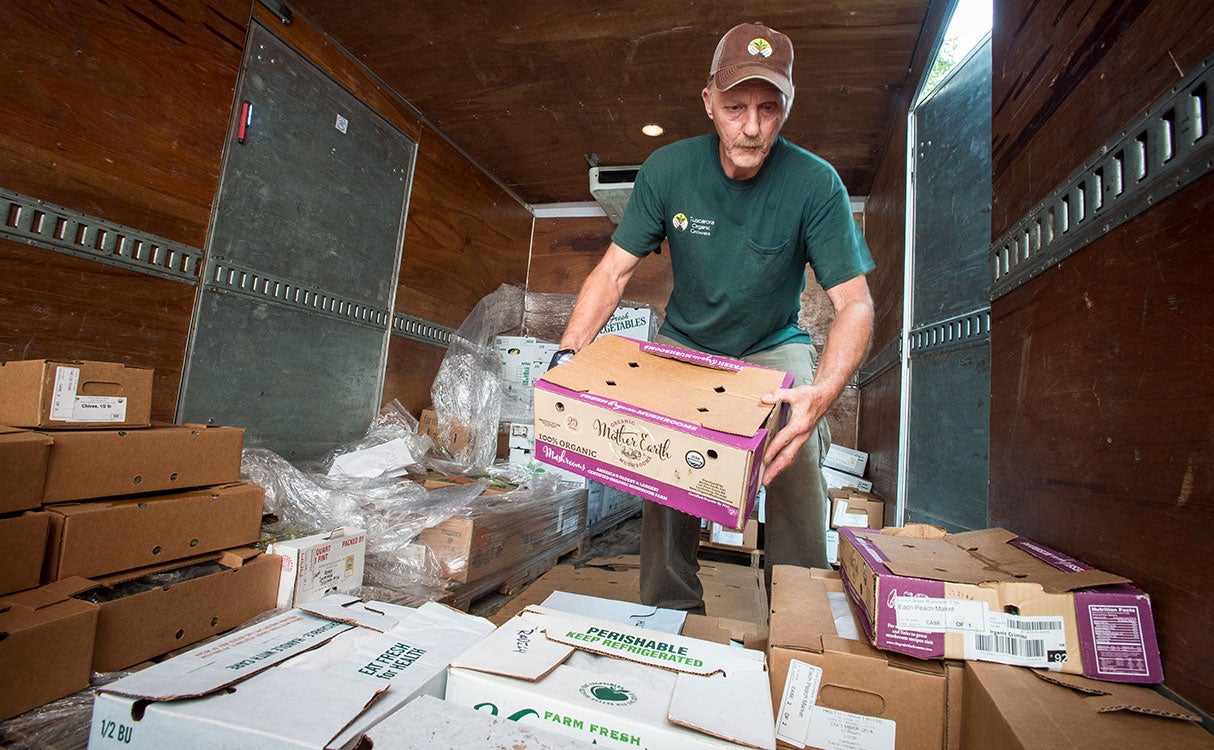
Requirements for Selling Food to Retail in South Dakota
Now more than ever, we are seeing food processors and entrepreneurs in South Dakota bringing their food products, not only to farmers markets, but also to retail stores. This article provides regulatory guidance and outlines the necessary steps required to allow for the sale of foods to retail stores.

Wheat Streak Mosaic Developing in Winter Wheat Fields
A few winter wheat fields in central South Dakota have been found with wheat streak mosaic disease. Incidence of this disease varied from a few plants to large portions of the field with yellowing leaves.
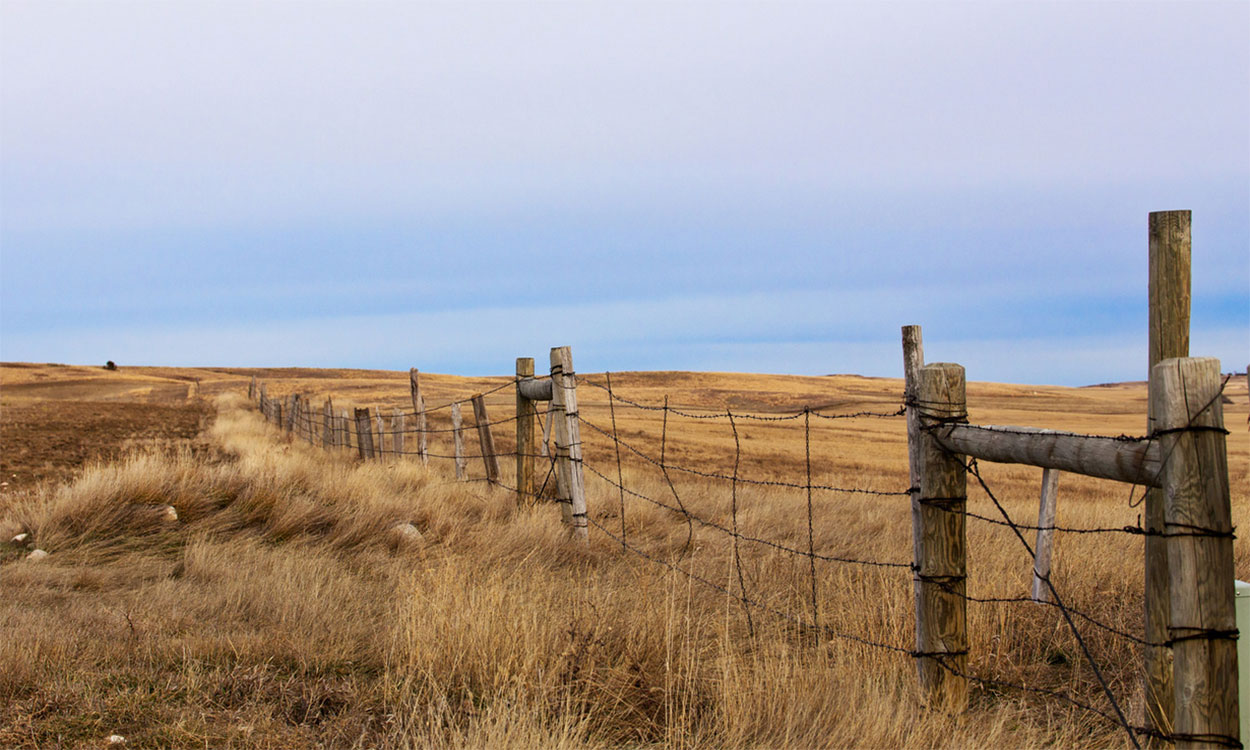
Lameness in Cattle: Causes Associated With Injury
Most cattle in pastures and feedlots are exposed to multiple potential causes of injury. Learn some of the injury-related causes of lameness in cattle, starting with the foot and working our way up.
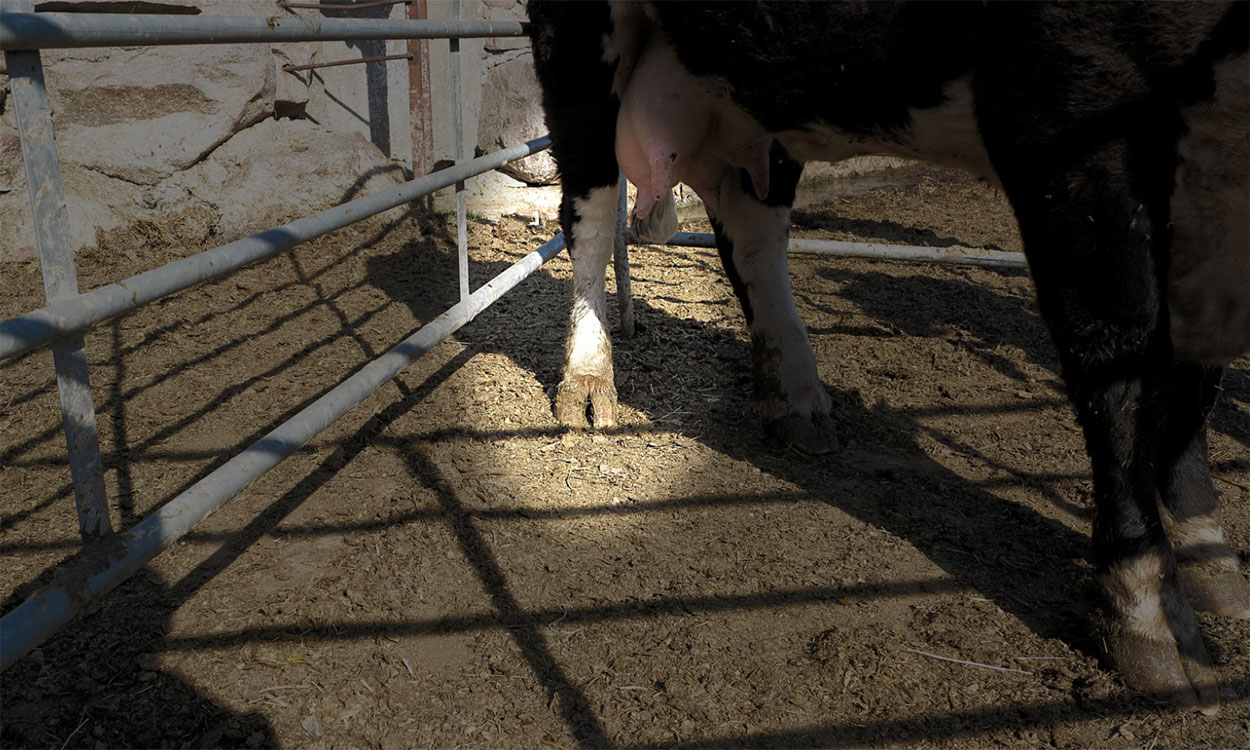
Lameness in Cattle: Causes Associated With Infections
Infections are among the most-common reasons for lameness in feedlot and adult cattle, and in some cases they can be treated or prevented with more success than other causes of lameness.

Getting to the Bottom of Cattle Lameness Cases: Diagnosis
Making the right decisions about how to deal with a lame animal depends on how accurately the cause of the lameness can be diagnosed and localized.
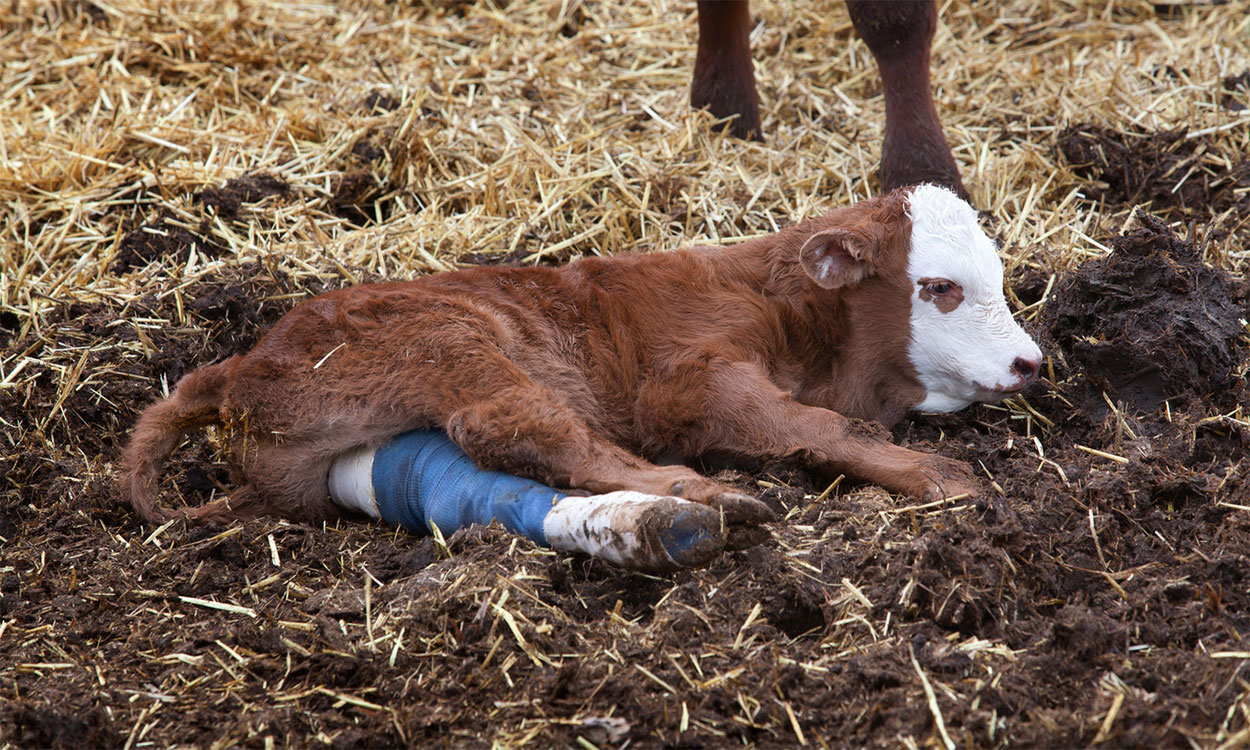
Treating Lameness in Cattle
Successfully treating most cases of cattle lameness usually involves more than a simple injection of antibiotics. Knowing the best intervention for a particular animal starts with a good diagnosis of the problem.
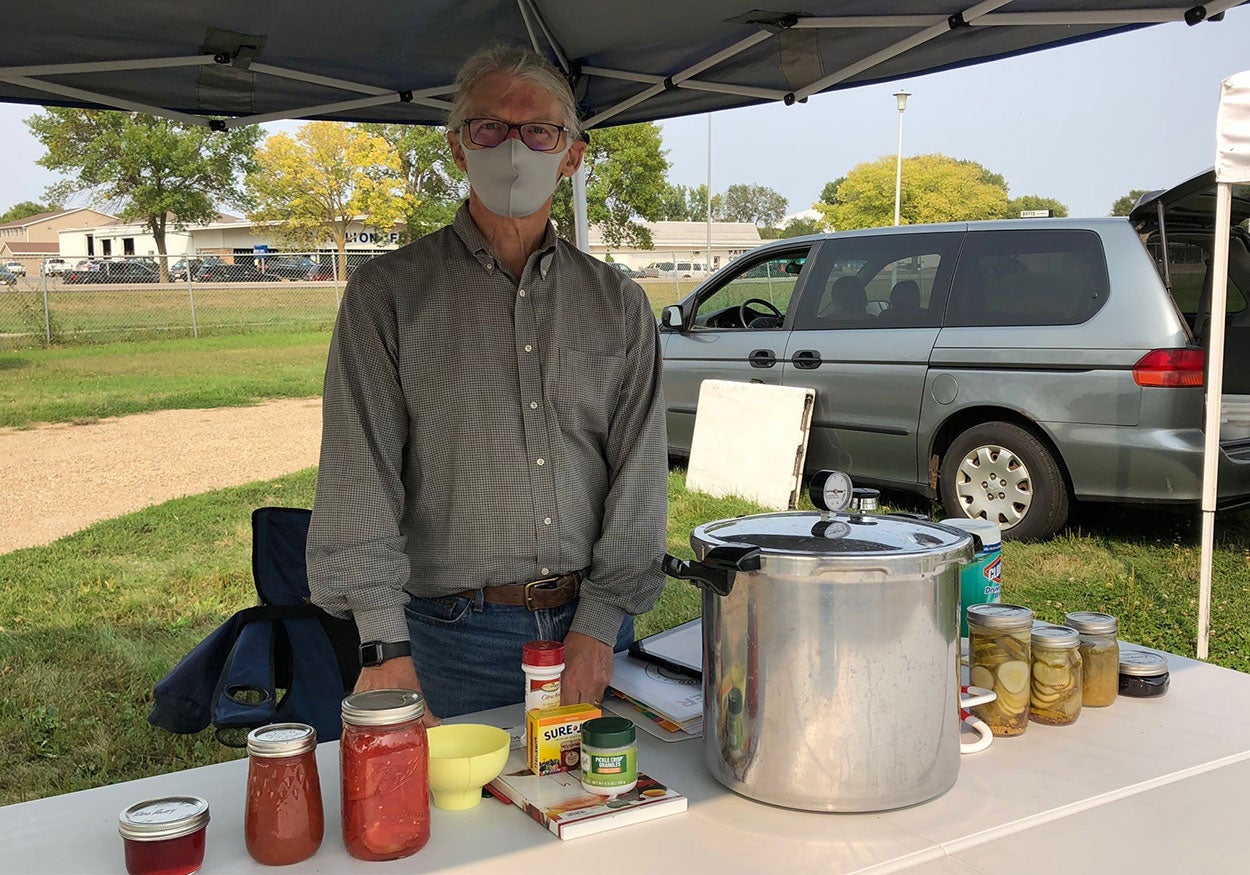
Schreiner Turns Backyard Hobby Into Community Support
Whether volunteering as a Master Gardener or a Master Food Preserver, Tim Schreiner says the interaction with people and seeing that “light bulb” moment after a conversation is really the fun part of the programs.
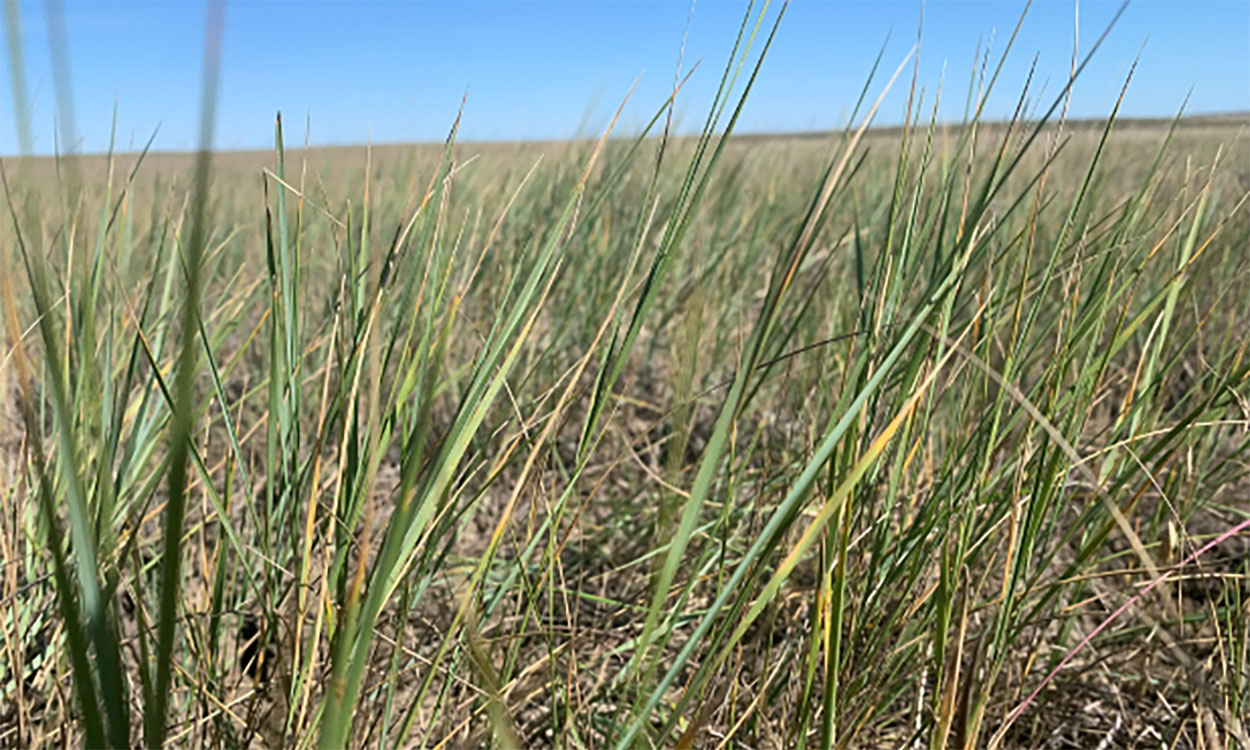
Options for Spring Turnout
Every year at green-up, grass managers must make decisions about when and where to begin grazing. Several options are available depending on pasture resources, stored feed resources and the ability to be flexible.